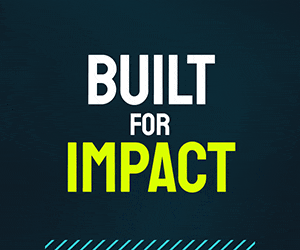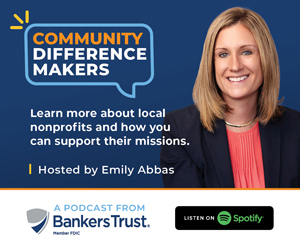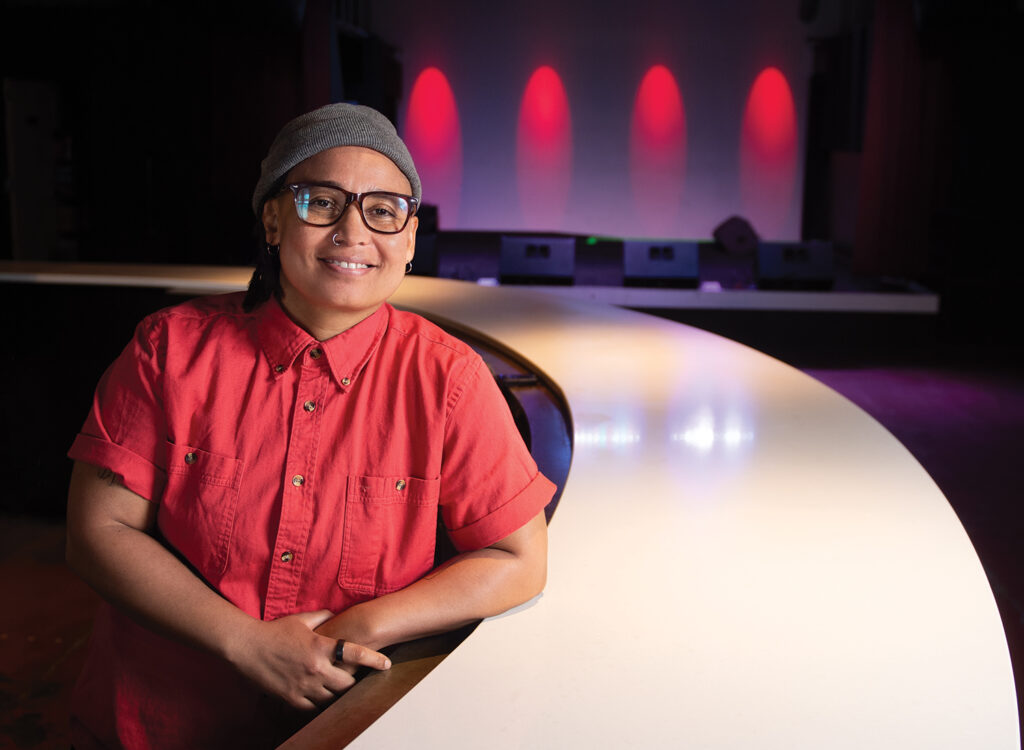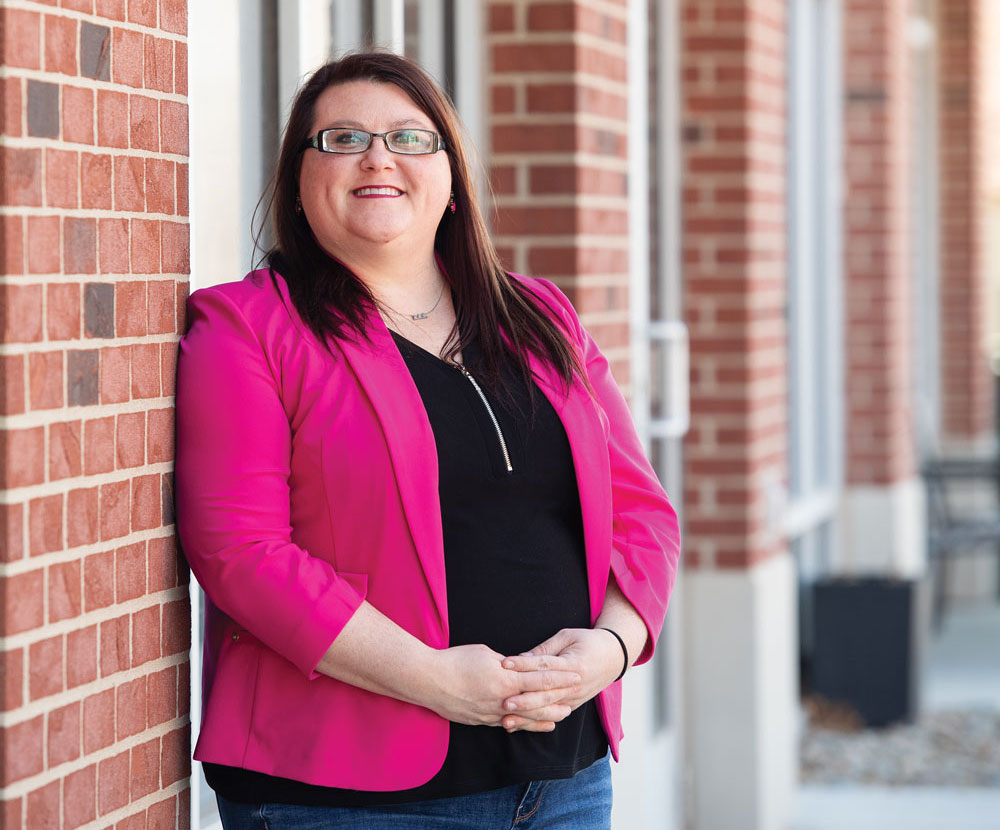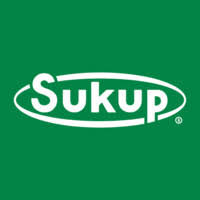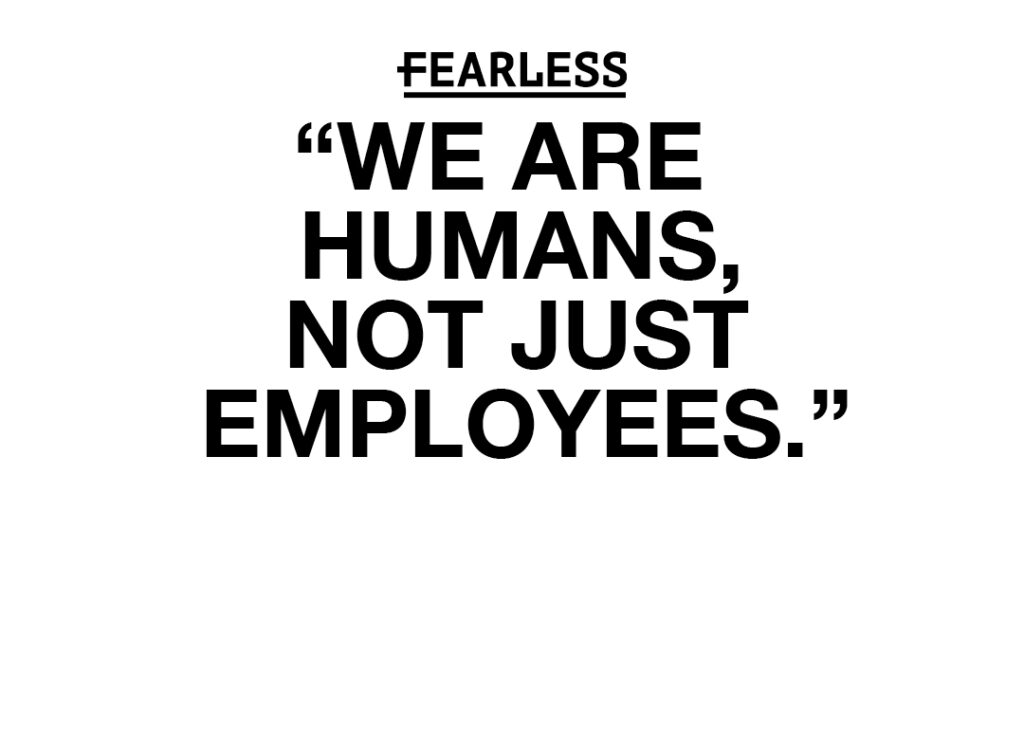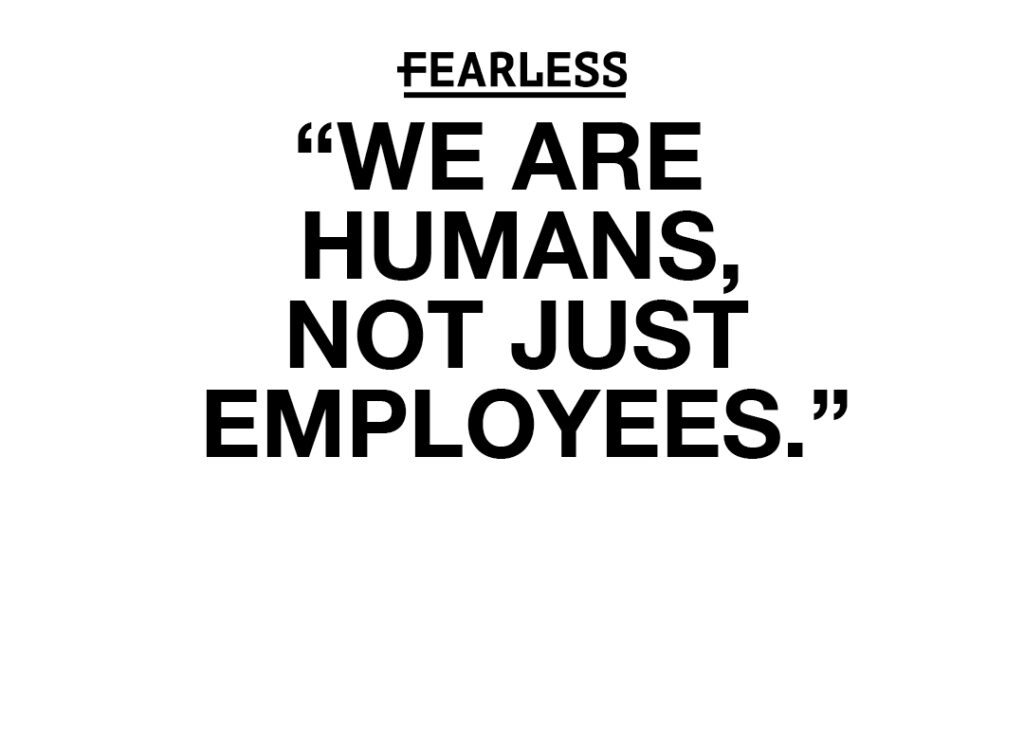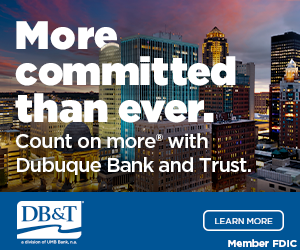A Closer Look: Tanner Krause

KATHY A. BOLTEN May 5, 2021 | 1:31 pm
9 min read time
2,074 wordsA Closer Look, Business Record Insider, Retail and Business
Tanner Krause knew he had big shoes to fill when he started moving up the ranks at Kum & Go, the convenience store business owned by his family.
The chain, with more than 400 locations in 11 states, was begun by Krause’s great-grandfather and grandfather more than 60 years ago, and for years it was operated by Krause’s father.
“Early in my career, when I was a less experienced executive, I felt like I needed to carry myself like they did,” said Krause, 33, who in January became Kum & Go’s chief executive officer. “I felt like the expectation of me was to show up like my dad or show up like my grandfather.”
Several people told Krause to be himself, advice he said he began following.
“It was a bit of a breakthrough professionally for me when I started showing up more authentically and less like what I thought how my dad or grandpa would be,” he said. “Being myself helped me connect with my team better.”
Krause’s great-grandfather Tony Gentle and his grandfather William Krause – Gentle’s son-in-law – started the convenience store business in 1959 in Hampton, Iowa. The two envisioned a place where consumers could purchase both fuel for their vehicles and groceries for their cupboards, according to a profile of the company on its website.
Tanner Krause said his father, Kyle Krause, helped groom him to be a better leader. Getting feedback from other people, though, has been difficult, he said.
After he graduated from college, Krause worked for a New York alcohol distributor in a work environment he described as “direct and blunt and competitive. … I got a lot of feedback.”
He got a lot of feedback at Kum & Go as well, Krause said. But it was all complimentary.
“I knew I wasn’t as bad as the feedback I got in New York,” he said. “I also knew I wasn’t as good as the feedback I was getting at Kum & Go.”
Krause said he asked co-workers to give him honest assessments of his job performance. He also hired an executive coach, with whom he worked with for a year.
He said as he’s filled openings in Kum & Go’s management team, he’s looked for people who will be open and direct with him.
“I’ve shown appreciation to the people who have provided me with critical feedback because it does take a little courage to give the boss or the owner’s son criticism,” Krause said.
We recently caught up with Krause.
Talk about how you pivoted as a manager at the beginning of the pandemic.
There’s no textbook, there’s no research, there’s no MBA course where they teach you how to lead through a pandemic. There just isn’t. As experienced of a team as we have, no one has ever done this before. … What we found is that we wanted to keep going back to our core values and that informed a lot of our decision-making early on.
Caring is one of our core values, and the health and safety of our associates is our top priority. We had some discussions early on around what business services to maintain, what to postpone and what to modify, and that included the conversation around whether we should operate our stores.
[Convenience stores were designated essential businesses.] We asked ourselves, just because we can be open, should we be open? Ultimately, we decided that if Kum & Gos were to close for a period of time, that that would be worse for society than if we were to remain open and do what we can to operate in a safe manner. …
I’m really happy with how our leadership teams across the company really responded and developed new ways of doing Kum & Go that we hadn’t done before.
What’s the one big thing you have learned in the past year that you’re going to carry forward to future years?
That we can be quicker to market when we want to or need to than we probably give ourselves credit for. I’ll give you an example. We launched our service “Kurbside” – which allows our customers to call in to the store and request that their order be brought out to their car without even having to enter – in two weeks. That’s from idea to full company launch. To go to 400-plus stores in two weeks with anything is rare.
If we were to have this idea today, it would go into the idea hopper. We would consider it during the process for resource allocation over the course of the year. We’d go into our budgeting process. … Let’s say this thing gets funded, then following up, we’d form a project team. … We’d probably put it into a test market and then scale it and roll it out. [It] could take 12 months to fully roll it out.
Going forward we’ve increased the amount of money that we set aside for intra-year innovation and ideas so that we can have the financial capacity to be nimble and responsive to what’s happening. Hopefully, we’ll be a better company for that.
What things did you put in place at Kum & Go stores during the pandemic that you’re going to keep in place?
We will keep offering curbside and we will keep offering to-the-pump delivery. Coming this summer, customers will be able to order via our app. We will be adding app ordering to the phone ordering that we already offer.
Where do you see Kum & Go in five years?
We’ve got a lot of exciting projects underway that we’ll be bringing to market in the next year or two. I tease this app functionality that is coming. In five years, we anticipate more of our customers will choose to shop with us via their mobile device. We will have the order and payment options in our app, and we are also testing some delivery solutions in a few different markets. I think five years from now, you’ll be able to open up the Kum & Go app, order all your favorite things and have it brought to your door, whether that’s your house, your residence, or potentially a public space.
We’re a convenience company and we’re going to continue to invest in the most convenient ways to shop our products, and so we think the digital customer experience will continue to grow.
Other things that we’re working on include a new food program that’s going to improve our offerings – sandwiches and salads and things like this. In the next five years we expect Kum & Gos everywhere to have a more modern, healthy, fresh food offering. That will be a game changer for our customers in terms of the quality of food and customization that they’ll be able to get at a Kum & Go.
Is Kum & Go looking at adding a lot of stores outside of Iowa?
We’re currently at about 410 stores in 11 states and we will build between 20 and 30 stores a year for the next five years. We will be building in Iowa, for sure, but we’ll also be building in new markets – which will be named soon – as well as growing in our existing markets: Omaha, Denver, Colorado Springs. Any market that we currently have a presence in, we will be adding to over the next five years.
How many of those new additions will be walk-up stores like the one in downtown Des Moines?
We have three walk-up stores open now – one in Des Moines, one in Ames and one in Omaha. We have two more that will open in the next three months, which are in the city of Denver. And from there, we’re going to evaluate. When we decided to go forward with this two years ago, we said, “Let’s do a five-store test, and let’s see if we want to make five, 25, 55, or just keep it at five.”
We’re almost through this initial rollout and certainly the pandemic has skewed the data in terms of our ability to get a good read on what we’ve got with this model.
The good news is that the public reception and response has been really positive. I got a lot of positive feedback on our store downtown and also for our stores in Ames and Omaha. That part is checking out well and we’ll continue to evaluate.
We’re slowly moving away from gas-powered vehicles. What is Kum & Go doing to offer more electric vehicle charging stations?
We currently have electric charging stations in 15 to 20 locations. We’ve also got plans and contracts in place to grow that number.
[A portion of the Volkswagen fraud settlement fine was set aside] to support electric infrastructure and they distributed that money to state governments. We have worked with all of the state governments that have initiated that process in our footprint to be a partner as they look to expand the EV infrastructure. Colorado is and was the most advanced state where we operate in terms of electric vehicle demand and infrastructure.
We were in place to roll out a series of installations in Colorado in 2020, and then the pandemic hit. … It’s only a matter of time before things kick back off again. We’ll continue to seek partnerships for the build-out of the electric vehicle chargers and that infrastructure.
We also recognize that the way that people keep their automobile energized will change, and that that will have a significant impact on our business long-term. And so we’ll continue to explore investments like the walk-up store in downtown [Des Moines] where there’s zero dependency on fuel. Also, our new food program will be key to continuing to give customers more reasons to come to Kum & Go beyond just when their gas light is on.
Competition is increasing among convenience store chains. How is Kum & Go keeping its current customers, and what is it doing to add new ones?
Offering a healthier and more customizable menu to our program will continue to bring in new customers. We see the opportunity to continue to expand our offerings to be healthier. One thing that consumers have recently told us is that when they’re in a time crunch, it’s hard for them to find things that are healthy and that they feel good about consuming. They make unfortunate trade-offs and just end up going with a more indulgent treat. We’re going to push heavily to have Kum & Go become known as a destination for customers who are seeking healthy and fresh options but don’t have a ton of time on their hands.
What is Kum & Go doing to attract a more diverse workforce?
We have a plan and a strategy in place to promote all sorts of underrepresented groups that we’d like to see more frequently in our business and certainly at higher levels of the organization. We have started to engage local groups that represent Black communities, Asian communities, Latinx communities [and] the LGBTQ community. We are starting to network in those areas in order to increase the number of applicants of underrepresented groups.
We’re also being very thoughtful when we allocate developmental resources internally to make sure that we are giving our existing associates who do represent these groups a chance to access resources that can help them skill up and have experiences on major projects that can give them both experience and exposure. It’s a significant priority of mine, as the CEO of the company, to make sure that we have diverse teams creating things for our organization.
What do you do in your free time?
My daughter’s 2 1/2 and I just love showing her the world and exploring things and experiencing things with her. I [recently] took her to dinner, just a kind of a daddy-daughter date. We went to a restaurant. I’m fully vaccinated, so I was comfortable doing that again. It was just really fun just to have a little time with her at a restaurant. … I really enjoy just those moments. I still play soccer and my Sunday league [recently started back up]. I’m really looking forward to getting back out and running around and having fun with the guys.


